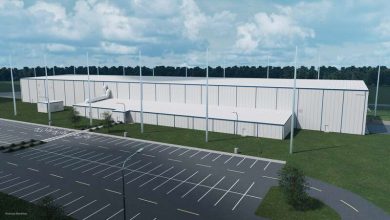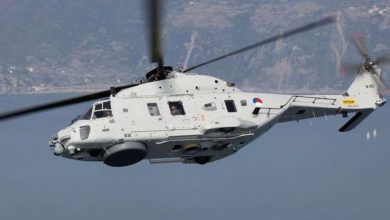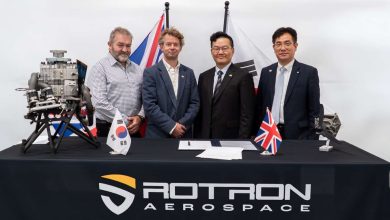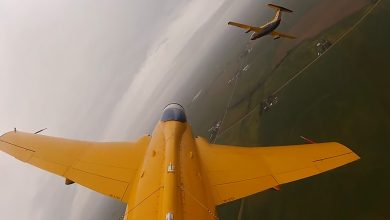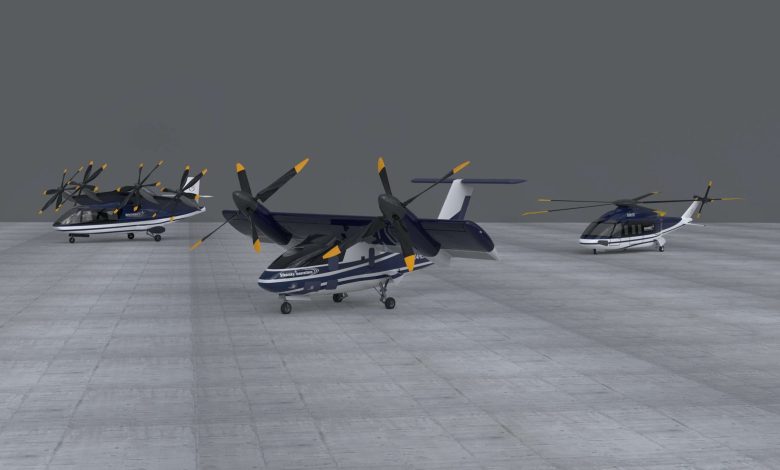
Sikorsky’s Vision: Pioneering the Next Generation of VTOL Technologies
Sikorsky, a division of Lockheed Martin Corporation (NYSE: LMT), has revealed its strategy to construct, evaluate and operate a hybrid-electric vertical takeoff and landing prototype (HEX / VTOL) featuring a tilt-wing design.
This blueprint marks the initiation of an array of expansive, next-generation VTOL aircraft — spanning from conventional helicopters to winged designs — which will incorporate various levels of electrification and a sophisticated autonomy system for optionally piloted operation.
“Our commitment to innovation at Sikorsky is unwavering,” stated Sikorsky President Paul Lemmo. “The realms of autonomy and electrification will usher in groundbreaking enhancements to flight safety and operational efficacy for sizable VTOL aircraft. Our HEX prototype initiative will generate invaluable data as we envision a future fleet of aircraft tailored to the scale and preferred structures pertinent to commercial and military stakeholders.”
The HEX initiative will prioritize achieving a range exceeding 500 nautical miles at elevated speeds, streamlining mechanical systems to minimize complexity, and reducing upkeep expenditures.
Sikorsky Innovations, the organization’s prototyping division, along with GE Aerospace, is in the process of finalizing schematics to create a test platform for hybrid-electric power systems, powered by a 600kW electric motor. This initial phase aims to assess the hover capabilities of the subsequent HEX prototype — a 9,000-pound maximum takeoff weight aircraft equipped with a 1.2MW-class turbogenerator and complementary power electronics.
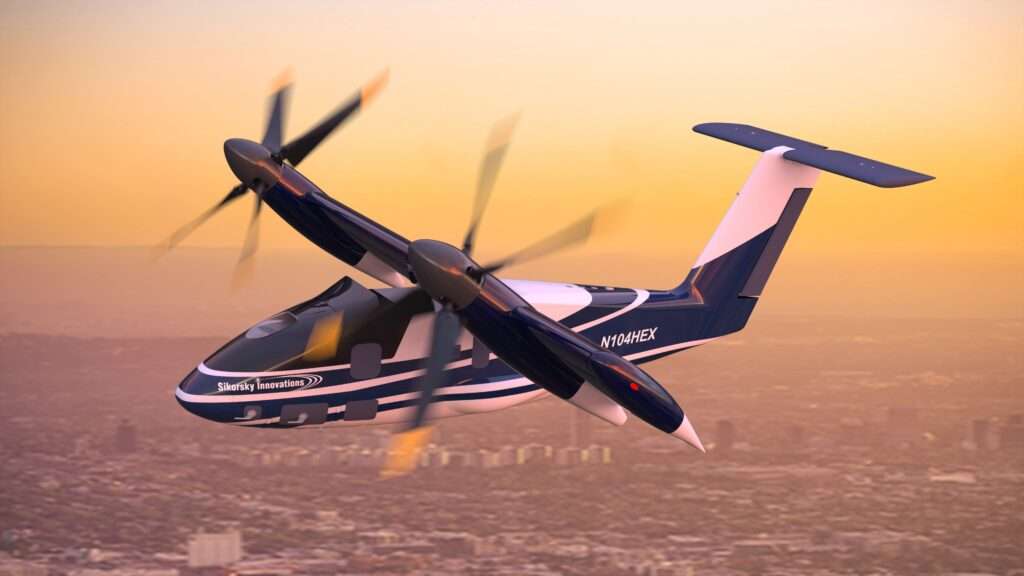
“Under Sikorsky’s electrical initiative, we are developing electric motors, power electronics, and our own vehicle management systems and actuation,” remarked Igor Cherepinsky, director of Sikorsky Innovations. “HEX will amalgamate these elements, exemplifying the advancing sophistication of our MATRIX™ autonomy suite and the prospects for maintenance-free solutions. Observing the outcomes will guide us toward more efficient overall designs.”
Sikorsky Innovations was established in 2010 to tackle technological hurdles in rotary wing velocity, autonomy, and intelligence. Discover more [link to revised Innovations webpage] about the engineering team’s accomplishments in these technological domains, along with its renewed emphasis on electrification and automation.



